My report on the drought effects.
stanofh 10a Hayward,Ca S.F. bay area
8 years ago
last modified: 8 years ago
Featured Answer
Sort by:Oldest
Comments (24)
gyr_falcon
8 years agoBarbJP 15-16/9B CA Bay Area
8 years agoRelated Discussions
Are you seeing any effects from the drought?
Comments (15)I'm in the San Francisco area and we are not in the drought that has plagued So. Cal., but our rainfall was lacking this year and drought is predicted. If my native plants are correct, they too think that drought is on it's way. I have tons more seedpods on plants this year than in previous years of normal rainfall. My Dudleyas were huge in the past years with 3-4 flower stalks. This year, they only grew to medium size but had 8-10 flower stalks. The redbud has so many seedpods you can hardly see the foliage. My theory is that the production of so many seedpods is to ensure the survival of the species when rain returns Many plants also bloomed earlier and have started to go into summer dormancy earlier. The plants think drought is coming and that's good enough for me. wanda...See MoreQuestion about last 3 years drought effect on this year's blooms
Comments (1)Sue - Some of mine have smaller blooms and shorter scapes than usual, and others have not been affected. The biggest effect I see is lower bud counts. Debra...See Moresome effects of our drought and heat
Comments (8)This drought has been truly murderous; I've planted a lot of things this year, a lot, and I've gotten to watch in horror as my plants shriveled and died. I've got two trees that look like they may not make it, despite how careful I've watered, and two more that are barely managing to hold on to leaves. Rose bushes that don't want to leaf out or get any bigger because they're too busy just trying to hold on. Annuals that got planted and croaked a week later because the heat was just too much for them. ...The only things that are doing really good are my morning glories, which oddly enough, are taking over. What I'm saying is, I feel you. So much. At least in indianapolis we've been starting to get some rain, hopefully it will keep moving farther south so the rest of the midwest can get some relief....See Moreeffects of -23deg F in zone 6: preliminary report
Comments (5)I have been growing Chilopsis linearis in Boulder, Colorado, for over 20 years. They have survived -24 F. They do not become very large, due to the short growing season, but they survive our coldest temps with no trouble. Just another cold climate plant which survives in hot, dry areas. (It probably does not occur this far north naturally because young plants can not survive the cold. Old, established plants do fine; same applies to Cupressus arizonica, which survives very cold weather if it is well established.)...See MoreNil13 usda:10a sunset:21 LA,CA (Mount Wash.)
8 years agolast modified: 8 years agoNil13 usda:10a sunset:21 LA,CA (Mount Wash.)
8 years agoJXBrown (Sunset 24, N San Diego County)
8 years agoSuzi AKA DesertDance So CA Zone 9b
8 years agogyr_falcon
8 years agolast modified: 8 years agosocalgal_gw Zone USDA 10b Sunset 24
8 years agolast modified: 8 years agodollfanz
8 years agodollfanz
8 years agosocks
8 years agoNil13 usda:10a sunset:21 LA,CA (Mount Wash.)
8 years agodollfanz
8 years agostanofh 10a Hayward,Ca S.F. bay area
8 years agogyr_falcon
8 years agoemmarene9
8 years agoNil13 usda:10a sunset:21 LA,CA (Mount Wash.)
8 years agolast modified: 8 years agogyr_falcon
8 years agoNil13 usda:10a sunset:21 LA,CA (Mount Wash.)
8 years agogyr_falcon
8 years agoNil13 usda:10a sunset:21 LA,CA (Mount Wash.)
8 years agoparker25mv
8 years agolast modified: 8 years agoNil13 usda:10a sunset:21 LA,CA (Mount Wash.)
8 years ago
Related Stories
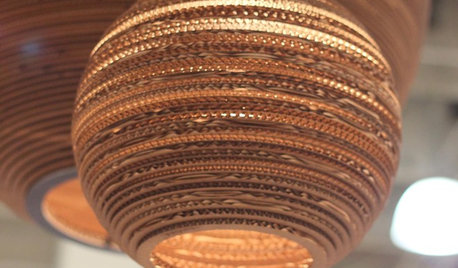
TASTEMAKERSICFF 2012 Report: Graypants' Ecofriendly Lighting
An everyday material yields intricate designs and uncommon beauty in lighting fixtures that tread lightly on the earth
Full Story
EVENTSReport From Italy: Mustard Yellow, Hidden Kitchens and More
See what our team in Italy discovered at Salone del Mobile 2016. Which new design idea speaks to you?
Full Story
KITCHEN DESIGNSpecial Report: Kitchen News from Cologne
Blended Kitchen-Living Rooms, Super-Skinny Counters and Hidden Appliances Are Headed This Way
Full Story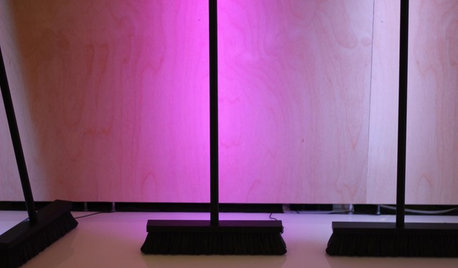
TASTEMAKERSICFF 2012 Report: 10 Visionary Problem Solvers
Sure, pretty is nice, but the best designs improve our lives. These innovative products by students and companies do just that
Full Story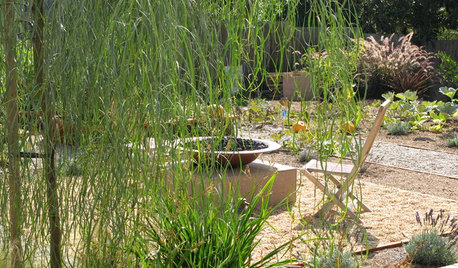
GARDENING GUIDESGreat Design Plant: Acacia Stenophylla
Skinny shoestring acacia makes an effective drought-tolerant screen where winters are relatively mild
Full Story
LIFEThe Top 5 Ways to Save Water at Home
Get on the fast track to preserving a valuable resource and saving money too with these smart, effective strategies
Full Story
SAVING WATER11 Ways to Save Water at Home
Whether you live in a drought-stricken area or just want to help preserve a precious resource, here are things you can do to use less water
Full Story
LANDSCAPE DESIGNCalifornia Says Goodbye to the Sprawling Ornamental Lawn
New state rules will effectively limit turfgrass to 25 percent of the landscape in most new and renovated yards
Full Story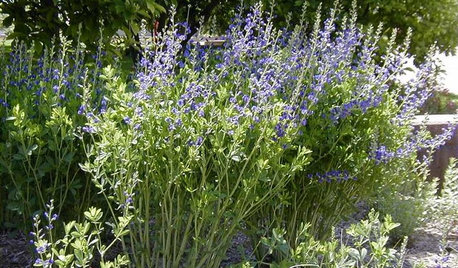
GARDENING GUIDES5 Great Plants for Borders and Screens
Get the effects of a shrub but in less time — and drawing more winged pollinators — with these herbaceous perennials
Full Story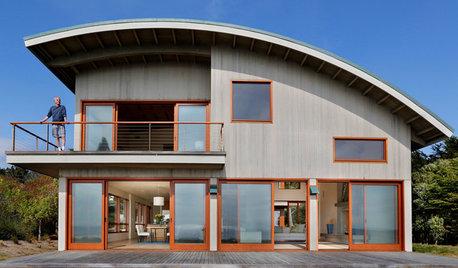
INSIDE HOUZZData Watch: Home Renovation Professionals Bullish on 2016
Two new Houzz reports show that 2015’s confidence is continuing this year — but professionals still face several business challenges
Full Story


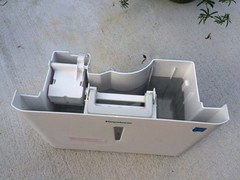
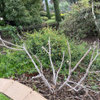
Nil13 usda:10a sunset:21 LA,CA (Mount Wash.)